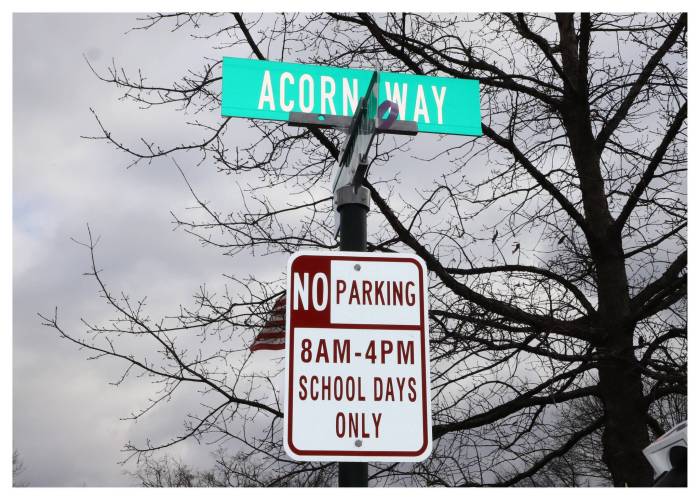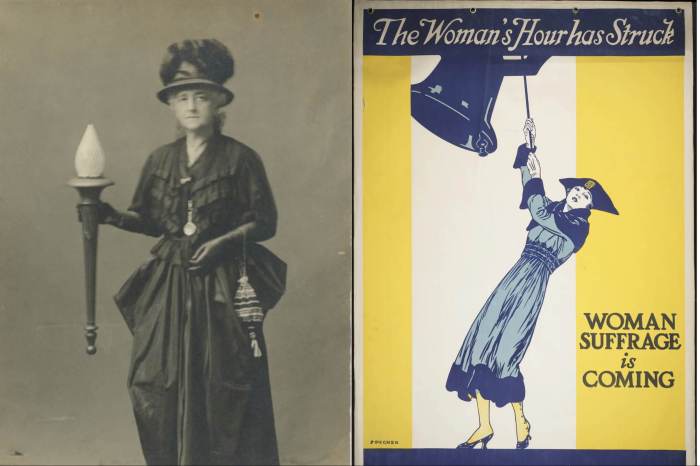Early Transgender Icon Christine Jorgensen Settled on Long Island After Undergoing Country’s First Gender Confirmation Surgery
George William Jorgensen Jr. was born in the Bronx in 1926. He recalled having a normal, happy childhood. But by his own description he saw himself as a “frail, blond, introverted little boy who ran from fistfights and rough-and-tumble games.” In high school, Jorgensen was viewed by many friends and family members as a young person whose dress and mannerisms were more feminine than masculine. Less than 5 feet tall, he weighed less than 100 pounds.
By the time he reached his early 20s, his lack of male physical development troubled him. His self-image was shifting: As the New York Times would later write, Jorgensen had feelings that a woman was trapped inside his man’s body.
So he sought help to understand what his mind and body were telling him. He could not have known then that the actions he took, based on his research, would lead him to become the first American to undergo a sex-change operation, a procedure now called gender confirmation surgery.
In 1955, after undergoing surgery — described by the Los Angeles Times as “the operation that would change the way the world looked on transsexuals” — the male who became a female emerged as Christine Jorgensen and settled in Massapequa on Long Island.
The arc of Jorgensen’s life changed: As a female, she became a pop icon overnight who went from wanting to be left alone to using her newfound fame to advocate for the acceptance of transgender people.
CHANGING THE LENS
Many observers look back to Jorgensen’s actions as being decades ahead of her time. Starting in the 1950s, the seeds of the sexual revolution were taking root in America, and the Pride movement evolved to become the first Pride March on June 27, 1970. The movement flourished, and was declared Pride Month by President Bill Clinton in 1999.
As described by People magazine, Pride Month is part political activism and part celebration of all that has been achieved by the LGBTQ (Lesbian, Gay, Bisexual, Transgender, Queer) community (often called LGBTQIA+ to include Queer/questioning Intersex, Asexual people).
But back in the mid-1950s, years before that first Pride Month made history and drew thousands, Jorgensen would make his own history — alone, without a crowd to support his decision.
In 1945, after a brief stint as a temporary photographer for Pathé News, Jorgensen was drafted into the U.S. Army and served as a military clerical worker until his honorable discharge a year later. He attended the Progressive School of Photography in New Haven, Connecticut, looking toward a career in photography.
In the late 1940s he heard about the pioneering work in hormone replacement therapy being done by Danish physician Dr. Christian Hamburger. Hamburger diagnosed Jorgensen as transsexual, encouraging him “to take on a female identity and begin dressing as a woman in public,” as reported by BBC World Service. Starting in 1950, the 24-year-old underwent two years of treatment that included psychotherapy and a series of sex assignment surgeries. George Jorgensen became Christine Jorgensen, taking her new first name from her physician.
Jorgensen wrote to her parents from the Copenhagen hospital in 1952 and told them, “Nature made a mistake which I have had corrected, and now I am your daughter,” according to BBC World Service. Her parents’ response: “We love you more than ever.”
On her return from Denmark, public reaction was mixed: While the Stork Club banned her, the Waldorf Astoria welcomed her. After her story was leaked to the press, it dominated the news with headlines such as “Bronx ‘Boy’ Is Now A Girl,” in the New York Times. According to Publishers Weekly, no person was written about in the press more than Jorgensen in 1953. Yet she eschewed the attention: As the Times reported, she said initially that she “was very self-conscious and very awkward,” and the Associated Press reported that “the only thing she wants is to be left alone.”
Then her attitude changed. With her “sleek hair, smoky voice, slender body, and smart clothes,” wrote TransgenderZone.com, she decided to use her notoriety, directness and polished wit to embark on lucrative international lecture tours and nightclub appearances; it was the only way she could make a living. She used her performing platform — Her signature song was ”I Enjoy Being a Girl’ — to raise awareness of gender identity issues.
A LOVELY SPOT TO SETTLE
In 1955, several years after her operations, her father, a carpenter/contractor, built her a ranch-style house in Massapequa on Long Island’s South Shore. She would look back fondly on her time there: “Long Island,” she said, “[is] a lovely spot to settle,” according to Newsday.
At first, gawkers gathered; Newsday described Jorgensen as “an object of fascination and ridicule.” But she took her place in society, the publication reported: She joined Our Redeemer Lutheran Church in Seaford, donated to the Massapequa Fire Department, and appeared in a play at the Tinker’s Pond Theater in Syosset. After a few years and multiple news cycles went by, public attention waned and Jorgensen went about living her life; she moved to California in 1967.
In 1988, she said that she never regretted her sex-change decision. The same year, BBCWorldNews.com reported that when the actress/singer traveled to Denmark to reunite with the physicians who treated her, she quipped, ”We didn’t start the sexual revolution but I think we gave it a good kick in the pants!”
Jorgensen died of cancer shortly after that, in 1989.


































